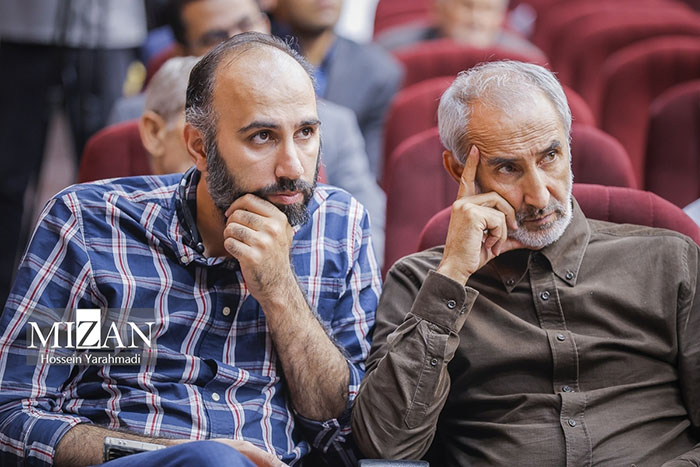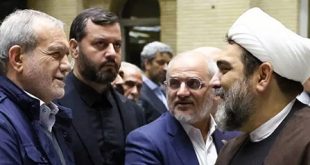MEK’s Clashes with the Islamic Republic
After the revolution, the MEK sought to establish democracy in Homeland, but they quickly became marginalized by Khomeini’s regime. The MEK opposed Khomeini’s decision to concentrate power in the hands of the clerics, and they boycotted the 1979 constitutional referendum. This growing tension led to the MEK being labeled as an enemy of the state.
In 1980, Massoud Rajavi, the leader of the MEK, was barred from running in the presidential election, further deepening the divide between the group and the Islamic Republic. By June 20, 1981, the MEK had organized a large demonstration against Khomeini’s regime, which was met with violent repression. Fifty protesters were killed, and soon after, the MEK was accused of the Hafte Tir bombing on June 28, 1981, which targeted the Islamic Republican Party’s headquarters, killing 74 government officials. These events marked the beginning of a long and violent conflict between the MEK and the Iranian government.
The MEK in Exile: Aligning with Iraq and International Allegiances
Following the increasing repression, Massoud Rajavi fled Iran in 1981 and took refuge in Paris. From there, the MEK continued to organize attacks against Iranian targets. Their most infamous attack occurred in August 1981, when they were implicated in the assassination of Iran’s president and prime minister.

